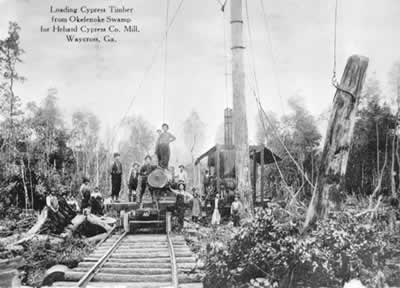But of course life got in the way and I worked several days, then paddled and packed and shared a Christmas meal, before going back to Louisiana for Hulin's 90th Birthday bash. I stayed with one of his and my friends, Maria, along with Natalie so I was busy talking way too much. Then Maria was sick and also doesn't have Internet so I put all my blogs on the back burner and did a lot of cooking for her so she would have an easy time eating.
This morning I woke at 2:00 A.M. and couldn't go back to sleep - probably because I got home exhausted and went to bed around 7:00P.M. So I decided to write my blog before I got to work cleaning out the old trailer and finishing packing everything into the new trailer, and then cleaning the floors. Thankfully I noticed I am working today - thought tomorrow was New Year's eve. AND I'm working for the next six days!
But, moving right along, lets meet up with some of my favorite animals.
First there were the bison. They were the reason National Bison Range exists so were often in sight and sound. The best part of the rut was even in the most visible part of the refuge, totally delighting the visitors. And the calves were so cute when they were bright orange.
 |
| Bison through the year |
But this bear is also one that I saw while walking back to my truck one evening when I was on the Bitteroot Trail while closing down the auto tour. He came across the road in front of the truck and then grazed along the road while I took several pictures.
Two of the most spiritual hours I've ever spent was with this guy and several of his buddies. I came up on the auto tour early one morning and found them on the Highpoint Trail. I sat down and they alternately grazed and laid down to chew their cuds, while moving ever closer, until they were only twenty feet away.
Another photographer joined me and took pictures for the last hour from a little more distant point. As the sheep grazed away from us, we moved together and started chatting. Then we watched in both dismay and amusement as two cars of people stopped to take pictures of each other in many configurations on both sides of the road, while never noticing the bighorn sheep. (Note to self: If you don't look, you won't see.)
Pronghorns were often visible on the refuge. As America's fastest land animal - they can reach speeds of 60 mph - they will often graze close to the road. One man researched the refuge pronghorns over a period of several years and learned a lot more about their behaviors. He wrote a very interesting book based on that research. It was probably my favorite non-fiction read of the year.
One of the things I learned in the book was that the males establish places in which to keep harems during the breeding season. The females can escape the mature males but not the young males. So they will leave one male but then run to to another male for protection from the harassing of the young males. While I was at Theodore Roosevelt National Park, I realized I was seeing a male with his harem, which he keeps in a depression so other males can't see them.
As fall got closer, the elk started bugling. One group was often visible on the auto tour. I photographed both of these males in the same evening, just a short ways apart. This was just before they would start posturing and maybe fighting over females.
My next post will be reflections of my work experience last summer and here. Stay tuned.






























































